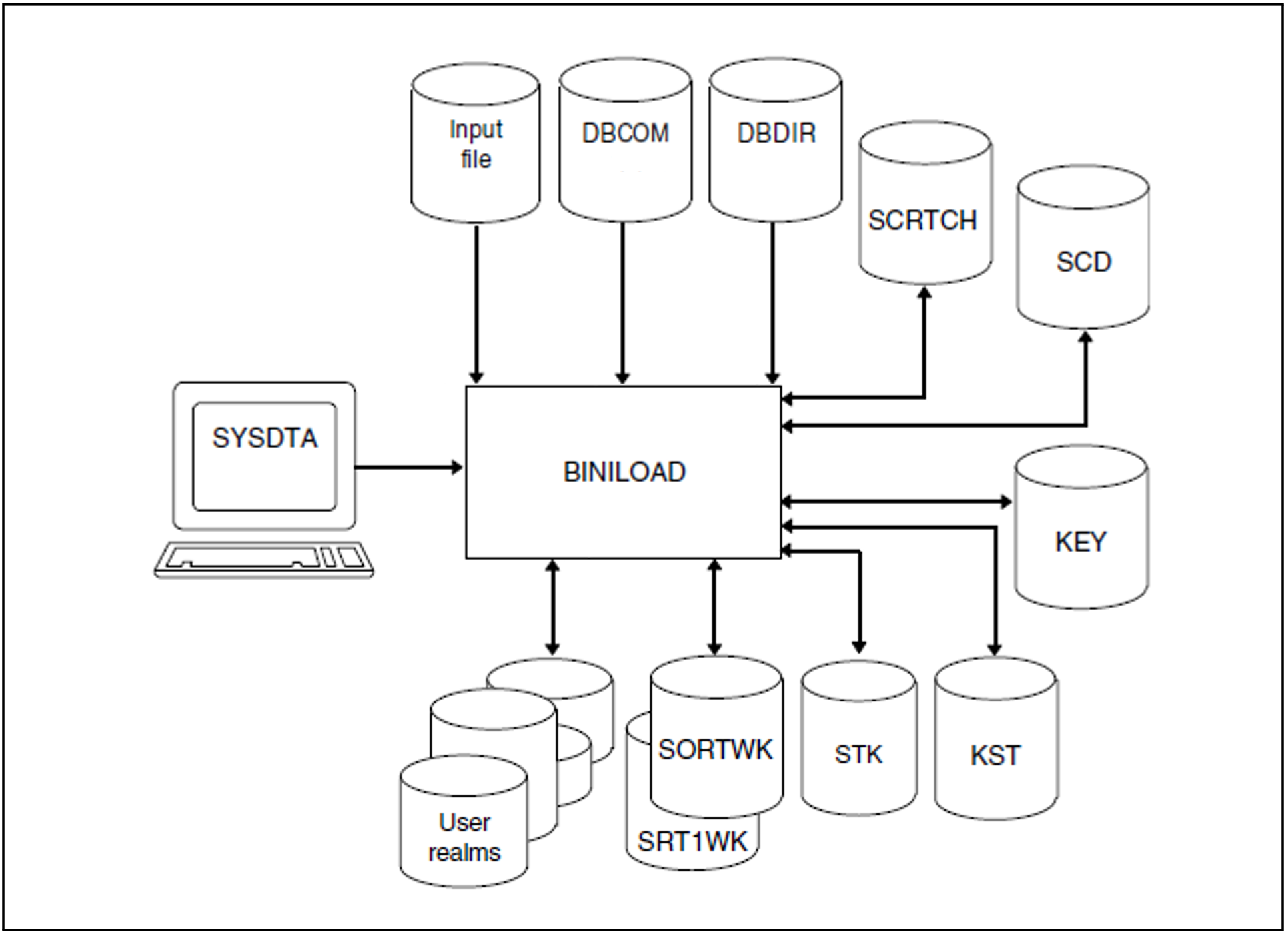Figure 19: System environment for BINILOAD
BINILOAD requires several work files, which it creates automatically in the correct size on public volumes under the name UTI.SAMWORK.tsn.timestamp and deletes again following normal termination of the loading operation.
The files have the following default link names:
SCRTCH1, SCRTCH2, SCRTCH3, SORTWK, SRT1WK, SCDnnnnn, STKnnnnn, KEYmmmmm and KSTnnnnn.
SCRTCH1 | contains a follow-up version of the input file during execution. |
SCRTCH2 | are used to allocate space for records to be stored. |
SORTWK | requires the SORT used by BINILOAD for sorting internal evaluation records (see the manual “SORT (BS2000)”). |
SCDnnnnn | contain, during execution of BINILOAD, the SCD information of the records for the set with the five-digit set number setref, of which the record type to be loaded is a member. |
STKnnnnn | contain, during execution of BINILOAD, the SEARCH key information of the records for the set with the five-digit set number setref, of which the record type to be loaded is a member. |
KEYmmmmm | contain, during execution of BINILOAD, the keys of the records for the key with the five-digit key number keyref, from which the access tables are to be set up. |
KSTnnnnn | contain, during execution of BINILOAD, storage information for the records for the set with the five-digit set number setref, for which there is no user-defined sort key. |
Database recovery
BINILOAD writes after-images if AFIM logging has been previously specified for the current database using the utility routine BMEND (see "BMEND" in the "Recovery, Information and Reorganization" manual).
ALOG files
If AFIM logging has been turned on, the current ALO file must be present. If an error on the ALOG file occurs during the execution of BINILOAD or the ALOG file overflows, AFIM logging is turned off, and BINILOAD continues to completion without ALOG files. A logging gap results.
On completion of the BINILOAD run, the ALOG file is switched, i.e. a new ALOG file isset up.

